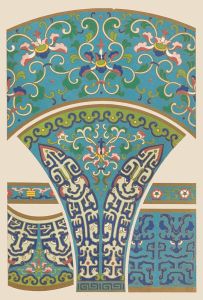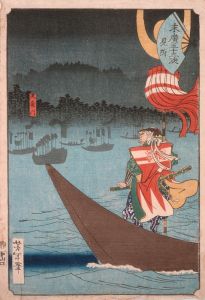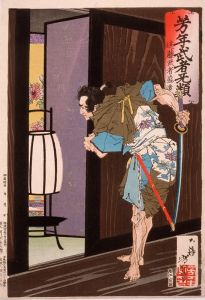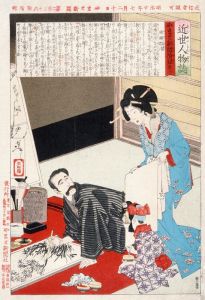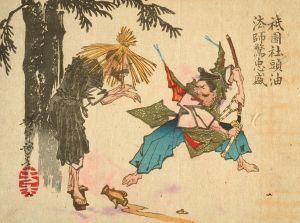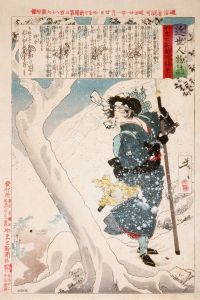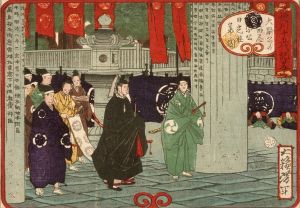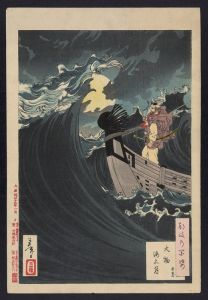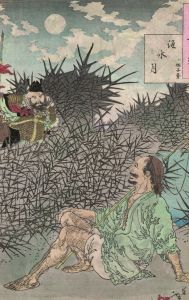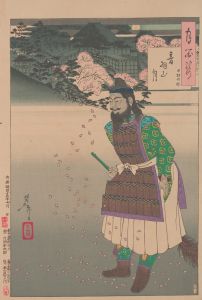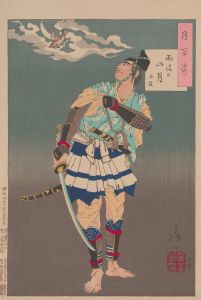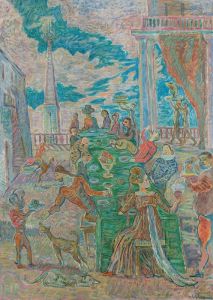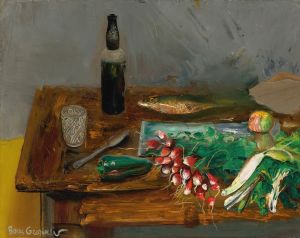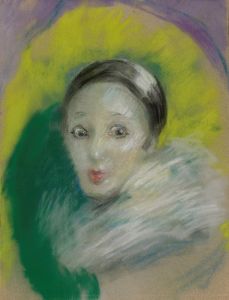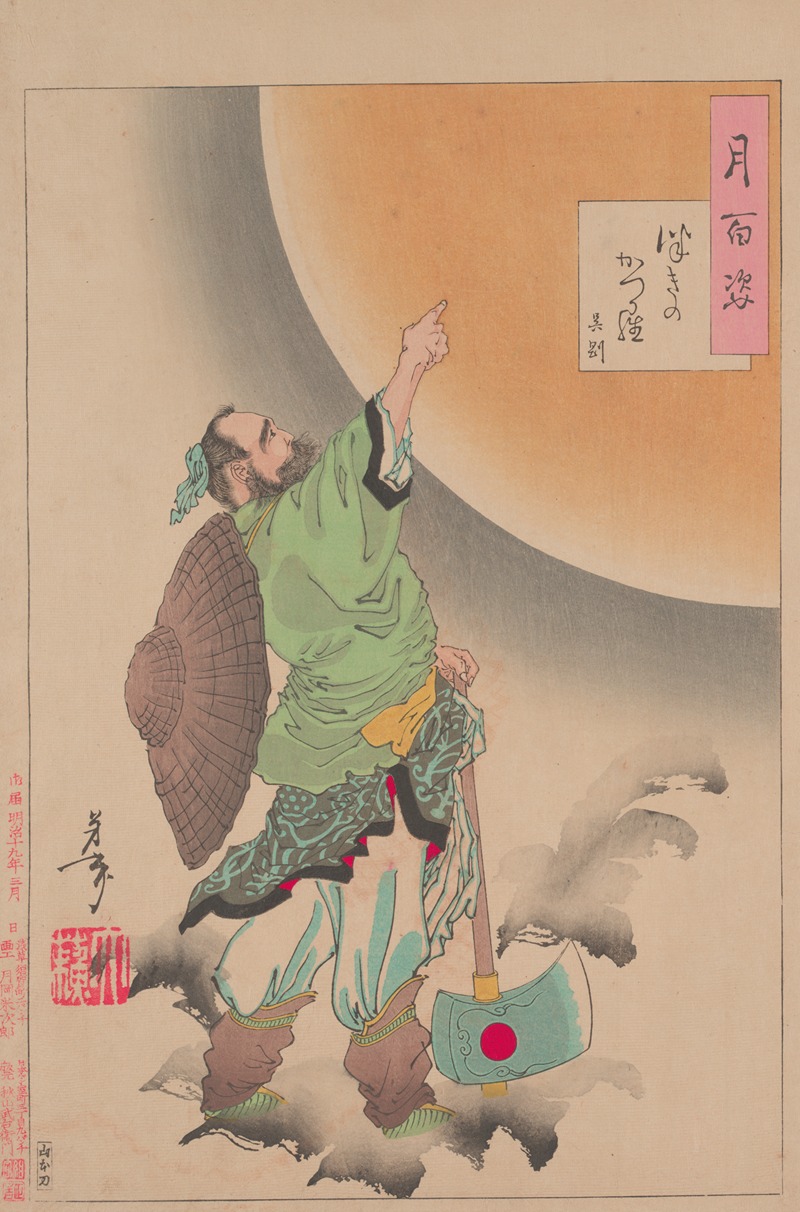
Cassia-tree moon
A hand-painted replica of Tsukioka Yoshitoshi’s masterpiece Cassia-tree moon, meticulously crafted by professional artists to capture the true essence of the original. Each piece is created with museum-quality canvas and rare mineral pigments, carefully painted by experienced artists with delicate brushstrokes and rich, layered colors to perfectly recreate the texture of the original artwork. Unlike machine-printed reproductions, this hand-painted version brings the painting to life, infused with the artist’s emotions and skill in every stroke. Whether for personal collection or home decoration, it instantly elevates the artistic atmosphere of any space.
Tsukioka Yoshitoshi (1839–1892) was a renowned Japanese artist known for his work in the ukiyo-e genre, which flourished during the Edo and Meiji periods. His art is celebrated for its dynamic composition, innovative use of color, and the ability to capture the complexities of human emotion. One of his notable works is "Cassia-tree Moon," which is part of his famous series "One Hundred Aspects of the Moon" (Tsuki hyakushi).
The "One Hundred Aspects of the Moon" series, created between 1885 and 1892, is considered one of Yoshitoshi's masterpieces. It consists of 100 woodblock prints, each depicting a scene inspired by Japanese and Chinese history, folklore, or literature, with the moon as a central motif. This series is significant as it represents a culmination of Yoshitoshi's artistic development and his response to the rapid modernization of Japan during the Meiji era.
"Cassia-tree Moon" is one of the prints in this series. The work is inspired by the Chinese legend of Wu Gang, a tale that has been popular in East Asian culture for centuries. According to the legend, Wu Gang was a woodcutter who was punished by the gods and condemned to cut down a cassia tree on the moon. However, the tree was magical and would heal itself overnight, making Wu Gang's task eternal. This story is often interpreted as a metaphor for perseverance and the futility of certain human endeavors.
In Yoshitoshi's depiction, the print captures the essence of the legend with a striking visual narrative. The composition typically features Wu Gang engaged in his endless task, set against the backdrop of a luminous moon. Yoshitoshi's use of color and line work in this piece exemplifies his mastery of the woodblock printing technique. The moon, a recurring symbol in the series, is rendered with a sense of mystery and beauty, enhancing the print's emotional depth.
Yoshitoshi's "Cassia-tree Moon" and the entire "One Hundred Aspects of the Moon" series are significant not only for their artistic merit but also for their cultural and historical value. They reflect the transitional period of Japan as it moved from a feudal society to a modern state, capturing the tension between tradition and change. Yoshitoshi's work is often seen as a bridge between the classical ukiyo-e style and the new artistic movements that emerged in Japan during the late 19th century.
The series, including "Cassia-tree Moon," has been widely studied and exhibited, contributing to Yoshitoshi's posthumous reputation as one of the last great masters of ukiyo-e. His ability to blend traditional themes with innovative techniques has left a lasting impact on the art world, both in Japan and internationally. Today, Yoshitoshi's works are held in high esteem and are part of numerous museum collections around the world, where they continue to be appreciated for their historical significance and artistic brilliance.





